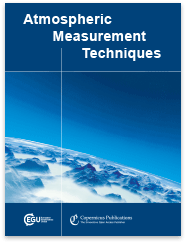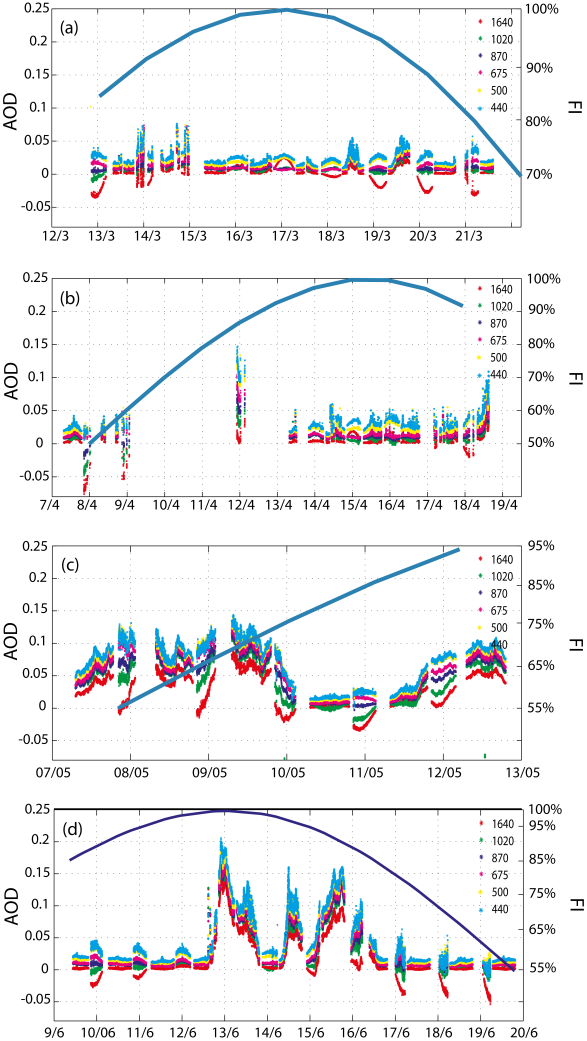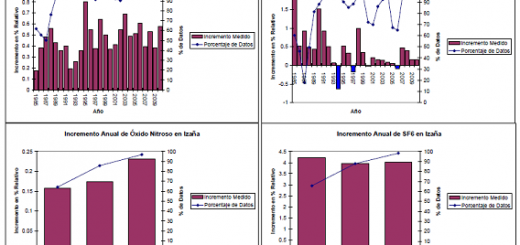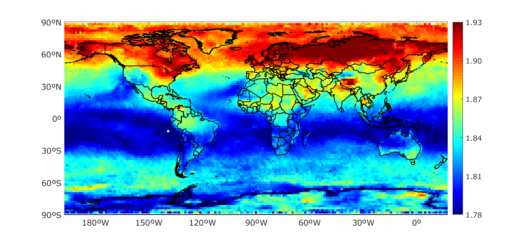The new sun-sky-lunar Cimel CE318-T multiband photometer. A comprehensive performance evaluation

This paper presents the new photometer CE318-T, able to perform daytime and nighttime photometric measurements using the Sun and the Moon as light source. It allows to extract a complete cycle of diurnal aerosol and water vapor measurements valuable to enhance atmospheric monitoring.
A quantitative estimation of Aerosol Optical Depth (AOD) uncertainty by means of error propagation theory revealed similar CE318-T AOD uncertainties at daytime (uDAOD) than those expected for previous sunphotometer versions, while AOD uncertainties at nighttime (uNAOD) depends strongly on Moon’s illumination conditions, ranging between 0.011 and 0.018 for reference instruments, and between 0.012 and 0.021 in case of field instruments.
In this study we have assessed the CE318-T performance at daytime including CE318-T and collocated measurements from independent reference instruments. Daytime AOD evaluation, performed at Izaña station from March to June, 2014, encompassed measurements from a reference CE318-T, a CE318-AERONET master, a Precision Filter Radiometer (PFR) and a Precision SpectroRadiometer (PSR) prototype, reporting low AOD discrepancies between the four instruments (up to 0.006). These results demonstrate that this new CE318-T provides measurements, at least as good as those provided by the current standard AERONET (Aerosol RObotic NETwork) sunphotometer (CE318-AERONET). As a result, this paper has served to the AERONET team to accept this new Cimel version henceforth in AERONET, once the homogeneity of the network has been ensured, suggesting the replacement of CE318-N instruments by the new CE318-T as far as possible (see the news published on Oct. 2 in the AERONET webpage http://aeronet.gsfc.nasa.gov/).

Fig. 1: Scatterplots of AOD at 870 nm (blue) and 500 nm (cyan) using four different and independent measurements (CE318-T, CE318-AERONET, PFR and PSR) during March, April, May and June, 2014 at IZO. In each figure, the dotted line represents the linear regression line, and the solid line is the diagonal.
The nocturnal AOD evaluation was performed using CE318-T and star photometer collocated measurements and also by means of a day/night coherence transition test using the master CE318-T and the CE318 daytime data from the CE318-AERONET master. Results showed low discrepancies with star photometer at 870 nm and 500 nm channels (≤ 0.013) and differences with AERONET daytime data (1-h after and before sunset and sunrise) in agreement with the estimated uNAOD values at all illumination conditions in case of channels within the visible spectral range, and only for high Moon’s illumination conditions in case of near infrared channels.

Fig.2: Diurnal CE318-AERONET/CE318-T AOD evolution during (a) March, (b) April, (c) May and (d) June, 2014 at IZO. The blue line and right y-axis correspond to the evolution in this period of the Moon’s factor of illumination (FI).
Precipitable water vapor (PWV) validation showed a good agreement between CE318-T and Global Navigation Satellite System (GNSS) PWV values for all illumination conditions, within the expected precision for sun photometry.
Finally, two case studies have been included to highlight the ability of the new CE318-T to capture the diurnal cycle of aerosols and water vapor as well as short-term atmospheric variations, critical for climate studies.
Further details about this study can be found at the on-line paper:
Barreto, A., Cuevas, E., Granados-Muñoz, M. J., Alados-Arboledas, L., Romero, P. M., Gröbner, J., Kouremeti, N., Almansa, A. F., Stone, T., Sorokin, M., Holben, B., Canini, M., and Yela, M.: The new sun-sky-lunar Cimel CE318-T multiband photometer – a comprehensive performance evaluation, Atmos. Meas. Tech. Discuss., 8, 11077-11138, doi:10.5194/amtd-8-11077-2015, 2015.
The paper can be downloaded at: http://www.atmos-meas-tech-discuss.net/8/11077/2015/amtd-8-11077-2015.html







